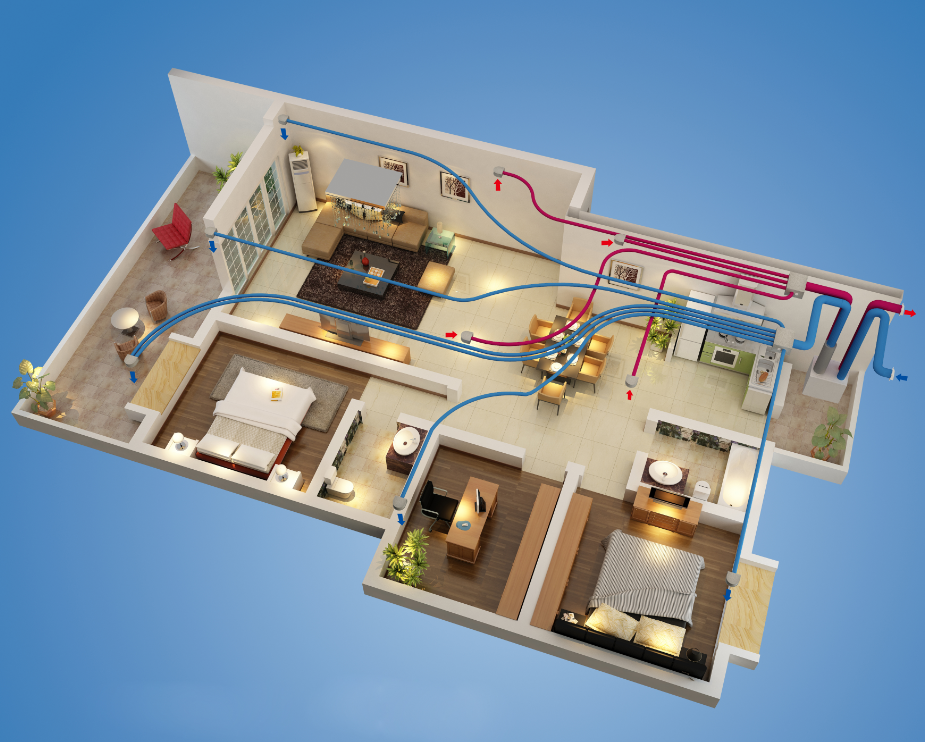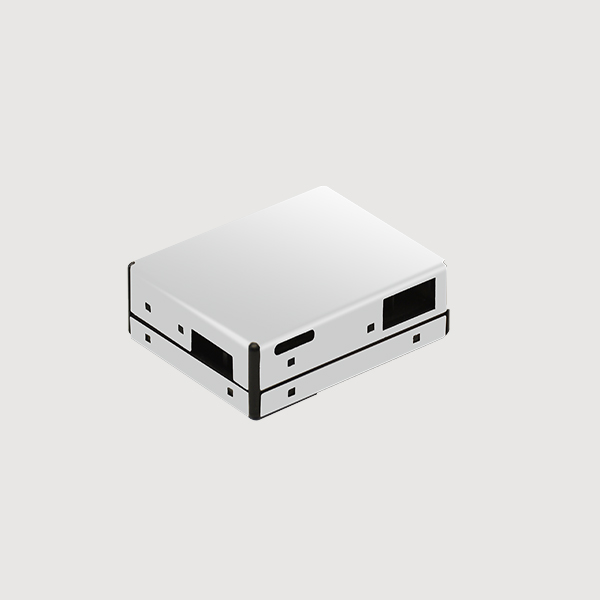

 News
News Industry News
Industry NewsPM stands for "particulate matter." PM2.5, also known as fine particulate matter, is suspended in the air with a diameter of 2.5 microns or less. Compared to coarser particles, fine particulate matter contains more toxic and harmful substances, remains in the atmosphere longer, and travels greater distances, significantly impacting the atmospheric environment and human health. It is a major contributor to black lung disease and smog.

Smog is composed of aerosols formed by dust particles floating in the air for extended periods of time and combining with water vapor. It affects the atmospheric environment and affects human respiratory health. With the arrival of autumn and winter, some industrially developed and densely populated cities are prone to smog due to air pollution.
In order to monitor air quality in a timely manner and reduce the harm of dust to people, PM2.5 sensors can show their capabilities. Let's take a look at the fields in which PM2.5 sensors can be applied.
Portable Air Quality Monitor
In recent years, air quality has drawn considerable attention. While people often only see the haze, they lack an understanding of the true extent of pollution. Consequently, more and more people are turning to air quality monitors. Air quality monitors digitize the levels of air pollutants, providing visibility into air quality pollution.
The PM2.5 sensor is a core component of an air quality monitor. Its output signal displays the real-time concentration of PM2.5 in the air.
Fresh Air System
Dust particles in the air can enter the human respiratory tract through breathing, posing a significant threat to human health. The higher the concentration of PM2.5 in the air, the more severe the air pollution. A key function of a fresh air system is intelligent filtering of PM2.5 particles. The PM2.5 sensor within the system is key to detecting dust particles in the air.

Air Purifiers
As a primary tool for eliminating indoor pollutants, air purifiers naturally have the primary function of removing indoor dust. PM2.5 sensors are undoubtedly the key to air purifiers' dust removal capabilities. Currently, most air purifiers on the market use laser-based PM2.5 sensors to detect indoor dust.

Industrial and Mining Production Environments
Dust is generated during various production processes in industrial and mining enterprises, including drilling, blasting, excavation and cutting, top coal mining, construction, cement production, open-pit mining, stripping, crushing, mineral processing, and screening. It not only poses a health hazard and can cause occupational diseases, but also accelerates mechanical wear and shortens the lifespan of precision instruments. Even more alarmingly, it can be explosive under certain conditions.
To protect the health and safety of workers, it is necessary to monitor and control industrial dust. This requires installing appropriate PM2.5 sensors in workplaces to monitor the environment and ensure that excessive dust is not inhaled.
The above are the specific applications of PM2.5 sensors in fresh air systems, portable air quality detectors, air purifiers, industrial labor production dust environment monitoring and other places.